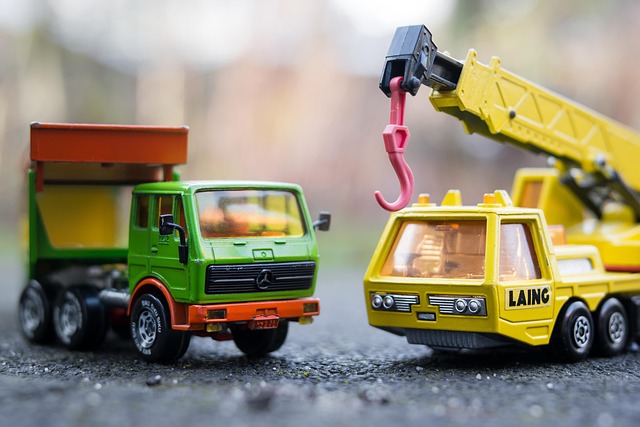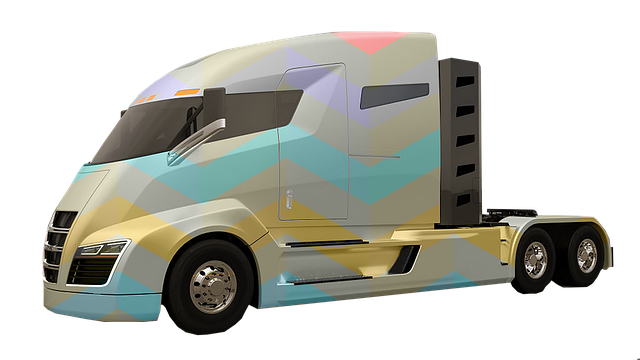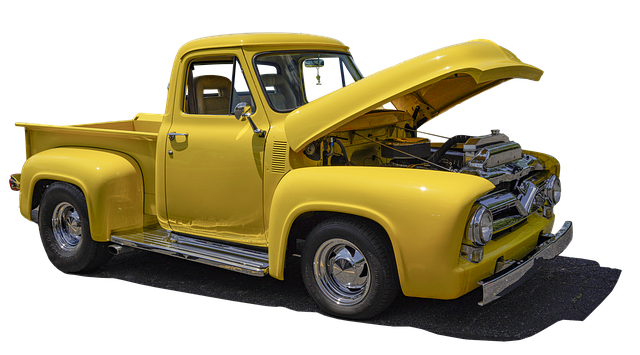Looking to register your car in California? This comprehensive guide breaks down the process step-by-step. From understanding the requirements to gathering essential documents, you’ll learn how to navigate the California DMV efficiently. A key first step is verifying your Vehicle Identification Number (VIN) with the DMV using our simple tips. By following these instructions, you’ll be well on your way to securing your registration certificate smoothly and quickly. Don’t forget to check out our guide for detailed application forms and registration fees.
- Understanding the California Car Registration Process
- Gather Required Documents for DMV Visit
- Verify Vehicle Identification Number (VIN) with DMV
- Complete and Submit Application Forms
- Pay Registration Fees and Obtain Your Registration Certificate
Understanding the California Car Registration Process

In California, registering a car involves a straightforward process that begins at the Department of Motor Vehicles (DMV). The first step is to ensure your vehicle meets all safety and emission standards through an inspection. This can often be done at a certified repair shop or DMV field office. After passing the inspection, you’ll need to gather essential documents, including proof of insurance, a valid driver’s license, and the vehicle’s Vehicle Identification Number (VIN) from its label or the title. The VIN is crucial for identification purposes and can be easily verified using a DMV-approved VIN verifier, such as those offered through mobile vin verification services.
Once all required documents are ready, you can visit any California DMV location to initiate registration. You’ll complete an application form, provide payment for the registration fees, and have your vehicle’s license plate issued. The entire process is designed to be efficient, allowing car owners to obtain a registered license plate within a reasonable timeframe. Mobile vin inspection services can further streamline this process by enabling you to verify your VIN and check vehicle history from the comfort of your home before visiting the DMV.
Gather Required Documents for DMV Visit

Before heading to the California DMV, make sure you have all the essential documents ready. This process is designed to streamline registration and ensure all vehicle details are accurate. First, gather your vehicle’s Registration Certificate (if previously registered) or Proof of Purchase/Bill of Sale, which confirms your ownership. Additionally, a valid driver’s license or state-issued ID card is mandatory for any individual conducting the transaction.
For a seamless experience, consider using a DMV VIN verifier to cross-reference your vehicle’s unique identifier. This can be done through online tools or by employing a mobile VIN inspection service. Such services allow you to verify crucial details about the car’s history, ensuring all information matches before proceeding with registration.
Verify Vehicle Identification Number (VIN) with DMV

Before proceeding with the registration process, it’s crucial to ensure your vehicle’s Vehicle Identification Number (VIN) is legitimate and matches the make and model displayed on the documents. One effective method to verify the VIN is by using a DMV-approved vin verifier. Many online services offer mobile vin verification or even mobile vin inspection, making it convenient for California residents. By comparing the number obtained from one of these services with the VIN engraved on your vehicle’s dashboard or in its documentation, you can quickly identify any discrepancies.
This step is an essential part of navigating the car registration process in California, as it helps to prevent fraud and ensures that you’re providing accurate information to the Department of Motor Vehicles (DMV). With a valid and confirmed VIN, you’ll be one step closer to completing your vehicle’s registration without any issues.
Complete and Submit Application Forms

To register your car in California, you’ll need to complete and submit several application forms. Start by acquiring the necessary documents, including proof of ownership, insurance, and identification. The California Department of Motor Vehicles (DMV) provides comprehensive guides on what’s required for each type of vehicle.
Once prepared, fill out Form MV-1 (Application for Title and Registration) and ensure all details are accurate. Don’t forget to include the Vehicle Identification Number (VIN) verifier code obtained from a trusted source like the DMV or a mobile VIN verification service. This step is crucial for identifying your car accurately during the registration process. After completing the forms, submit them along with the required fees to a local DMV office.
Pay Registration Fees and Obtain Your Registration Certificate

After ensuring your vehicle meets all requirements for registration, it’s time to pay the associated fees. The California Department of Motor Vehicles (DMV) charges a standard registration fee that covers vehicle registration and license plate costs. This fee may vary based on factors like your vehicle’s type and emissions standards. You can typically pay these fees online, over the phone, or in person at any DMV office.
Once your payment is processed, you’ll receive your Registration Certificate—a crucial document that verifies your vehicle’s ownership and registration status. The DMV also offers a convenient mobile vin inspection service, allowing you to verify your vehicle’s identification number (VIN) through a quick and accurate process. This service ensures the VIN data is up-to-date and matches the details on file, providing peace of mind for California residents who value efficiency and accuracy in their vehicle registration procedures.
Registering a car in California involves a straightforward process, ensuring your vehicle is legally operable. By gathering essential documents, confirming the Vehicle Identification Number (VIN) with a DMV VIN verifier, and completing application forms, you’re well on your way. After paying the registration fees, you’ll receive your registration certificate, marking the successful conclusion of this crucial step in car ownership.
